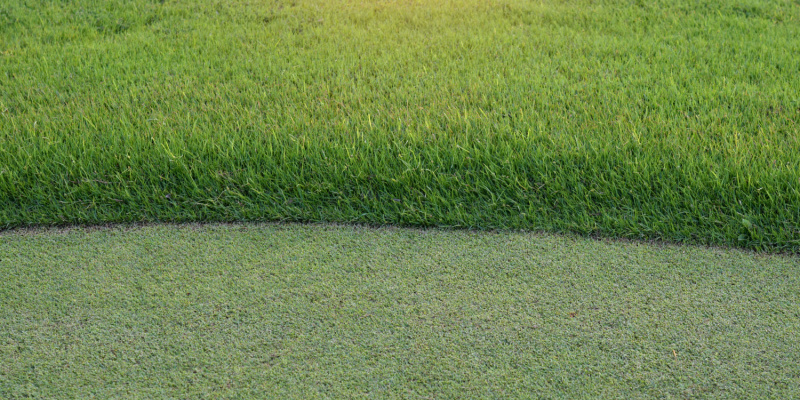A thick, healthy lawn is a testament to a homeowner’s care and dedication. One essential practice in maintaining a vibrant lawn is aeration. By perforating the soil to allow air, water, and nutrients to penetrate the root zone, aeration rejuvenates your grass and enhances its overall health. However, timing is crucial for successful aeration. So, when is the best time to aerate your lawn? This article will examine the optimal timing for lawn aeration and why it matters for the long-term vitality of your turf.
Consider Your Grass Type
The timing of lawn aeration depends on the type of grass you have. Cool-season grasses, such as Kentucky bluegrass, fescue, and ryegrass, thrive in cooler temperatures and are best aerated during the fall or spring. Warm-season grasses like Bermuda, Zoysia, and St. Augustine, on the other hand, grow vigorously in warmer months and should be aerated during late spring to early summer.
Fall Aeration (Cool-Season Grasses)
For homeowners with cool-season grasses, fall is often considered the best time to aerate. Typically, the period between late August and early October is ideal. The soil is still warm from the summer months, promoting grass growth, and the cooler temperatures provide a less stressful environment for your lawn. Fall aeration helps to strengthen the grass’s root system before winter and provides an excellent opportunity for overseeding to thicken your lawn.
Spring Aeration (Cool-Season Grasses)
Spring is another suitable window for aerating cool-season grasses, although it’s recommended to aerate early in the season before active growth begins. Aeration performed in late March to early May allows your lawn to recover from the process and take advantage of the spring growth spurt. Spring aeration can alleviate compaction that might have occurred over the winter months and promote strong root development.
Late Spring to Early Summer Aeration (Warm-Season Grasses)
Warm-season grasses reach their peak growth during late spring and early summer. Aeration during this period, typically from late May to early June, gives these grasses a chance to recover quickly. The warm temperatures stimulate rapid growth, allowing your lawn to fill in any holes left by aeration.
Avoid Aeration During Stressful Periods
A key consideration when deciding when to aerate your lawn is avoiding periods of stress. Aeration is a disruptive process that temporarily weakens your grass. As a result, it’s best to avoid aerating during the hottest summer months or the coldest winter months. Extremes in temperature can add stress to your grass and hinder its recovery from aeration.
Moist Soil Conditions
Aeration is most effective when the soil is moist but not overly wet. If the soil is too dry, the aerator may struggle to penetrate it effectively. Conversely, if the soil is too wet, the equipment could cause compaction and damage to the soil structure. Aeration should ideally be done when the soil is slightly moist and not too dry or saturated.
Assess Your Lawn’s Needs
Before scheduling aeration, assess your lawn’s condition. If you notice signs of compaction, poor water infiltration, or weak grass growth, these are indicators that aeration is needed. By addressing these issues, you set your lawn up for success and ensure that it receives the full benefits of the aeration process.
Plan Ahead
Aeration is a popular lawn care practice, so it’s a good idea to plan ahead and schedule the service well in advance. Lawn care companies often have busy seasons, especially during optimal aeration periods. Scheduling ahead of time ensures that you secure a spot and can properly prepare your lawn for aeration.
Coordinate with Other Lawn Care Practices
Consider coordinating your aeration schedule with other lawn care practices. For example, if you plan to overseed your lawn, it’s best to aerate before overseeding. The holes created by aeration provide optimal seed-to-soil contact for better germination and establishment.
Monitor Weather Patterns
Keep an eye on weather patterns in your area. Unexpected weather conditions, such as prolonged heavy rains or droughts, can impact the success of your aeration. If unfavorable weather is forecasted around your planned aeration date, rescheduling might be wise to ensure the best results.
The best time to aerate your lawn depends on factors like your grass type, climate, and soil conditions. Whether you have cool-season or warm-season grasses, timing your aeration correctly is essential for optimal results. By considering these factors and planning ahead with Weed Busters experts to help, you can ensure that your lawn receives the full benefits of aeration and continues to thrive throughout the seasons.

